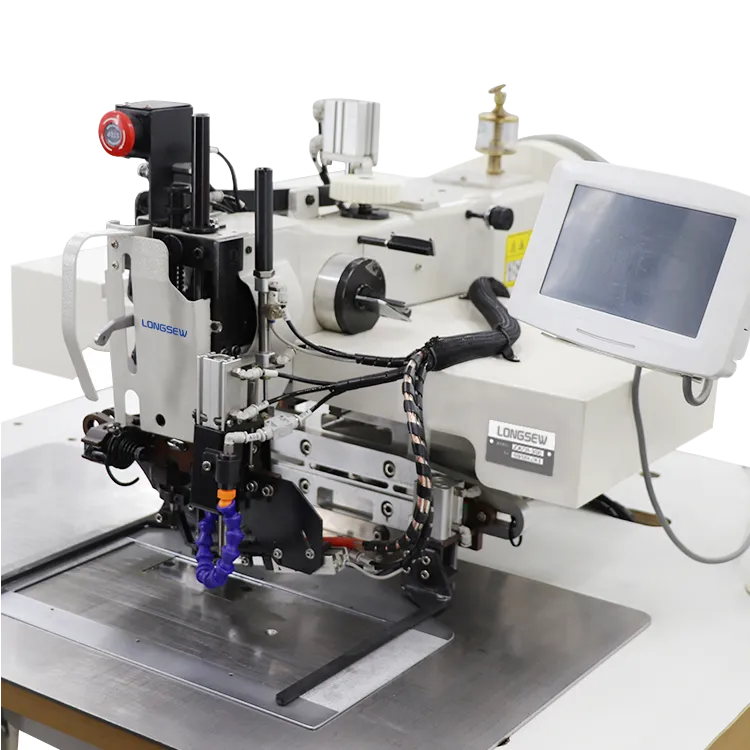two thread chain stitch
The Two Thread Chain Stitch An Exploration of Its Significance in Textiles
The two thread chain stitch, a fundamental sewing technique, has transcended generations and remains a vital method in both traditional and contemporary textile craftsmanship. This stitch, characterized by its distinctive looped structure, offers a multitude of applications in fashion, quilting, and various other fabric projects. Understanding its mechanics and benefits allows us to appreciate its enduring presence in the world of sewing and fabric manipulation.
At its core, the two thread chain stitch is created using two threads the needle thread and the looper thread. The needle pierces the fabric and forms a loop, which is then secured by the looper thread that wraps around it. This interaction produces a chain-like appearance on the fabric surface. What sets this stitch apart is its flexibility and strength, making it an ideal choice for a range of materials, from lightweight textiles to heavier fabrics.
One of the most significant advantages of the two thread chain stitch is its elasticity
. This property is particularly important in applications where stretch is necessary, such as in activewear or fitted garments. When sewn with this stitch, the seams can move with the fabric, providing comfort and durability without compromising the integrity of the garment.two thread chain stitch

In addition to its practical benefits, the two thread chain stitch contributes to the aesthetic appeal of finished products. The stitch can be used decoratively, adding visual interest to seams and hems. With the right thread color and pattern, the chain stitch can enhance the overall design of a piece, serving both functional and artistic purposes. Designers often incorporate this stitch into their collections, knowing it adds a unique touch that can elevate the garment's style.
Historically, the two thread chain stitch has been a staple in industrial sewing. Many sewing machines are equipped with capabilities to execute this stitch quickly and efficiently, allowing mass production of garments and textiles. Despite the rise of advanced technology and automation in the textile industry, the chain stitch remains relevant due to its versatility and the distinct texture it offers. It is a preferred stitch in industries producing denim, workwear, and even certain types of sportswear where strength and resilience are critical.
Another noteworthy aspect of the two thread chain stitch is its role in quilting. Many quilters utilize this technique to create intricate patterns and designs, enabling them to produce durable and visually captivating works of art. The chain stitch can be employed in both hand and machine quilting, offering flexibility to artisans as they navigate their creative processes.
In conclusion, the two thread chain stitch is a testament to the fusion of utility and artistry within the textile realm. Its practicality, combined with its decorative potential, makes it an invaluable technique for anyone involved in sewing, whether as a hobby or a profession. As we continue to explore new ways to innovate in textile design, the two thread chain stitch stands as a reminder of the rich history and craftsmanship embedded in our fabric creations. Through understanding and employing this stitch, we not only honor tradition but also pave the way for future advancements in the art of sewing.
-
Industrial Cylinder Arm Sewing Machine: Revolutionizing Heavy-Duty SewingNewsJul.28,2025
-
Cylinder Arm Sewing Machine: Perfect for Special Sewing ApplicationsNewsJul.28,2025
-
Cylinder Bed Sewing Machine: Essential for Sewing Complex MaterialsNewsJul.28,2025
-
Heavy Duty Sewing Machine: The Essential Tool for Industrial ApplicationsNewsJul.28,2025
-
Computerized Pattern Sewing Machine: Revolutionizing Precision StitchingNewsJul.28,2025
-
Heavy Duty Industrial Sewing Machine: Power Meets PrecisionNewsJul.28,2025
-
Leather Sewing Machine: The Industrial Standard for Tough MaterialsNewsJul.18,2025





























